Home>Gardening & Outdoor>Landscaping Ideas>How To Keep Grass Out Of The Vegetable Garden
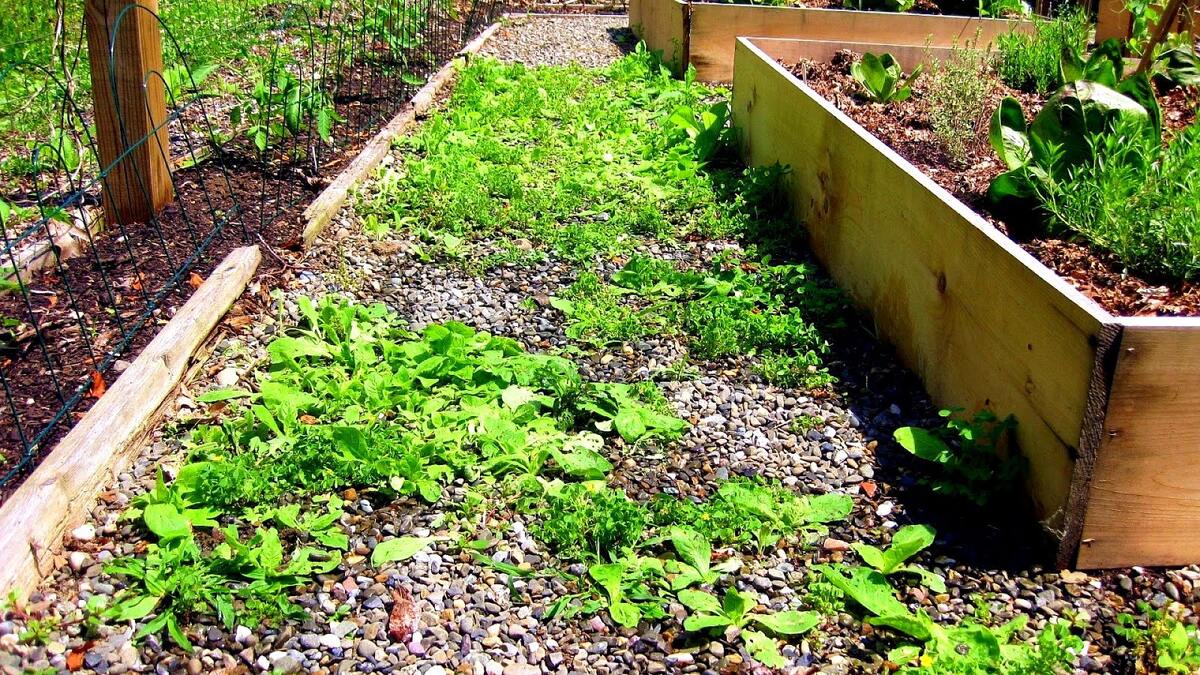

Landscaping Ideas
How To Keep Grass Out Of The Vegetable Garden
Modified: August 30, 2024
Learn effective landscaping ideas to keep grass out of your vegetable garden. Discover practical tips and techniques for a weed-free garden.
(Many of the links in this article redirect to a specific reviewed product. Your purchase of these products through affiliate links helps to generate commission for Storables.com, at no extra cost. Learn more)
Introduction
Maintaining a thriving vegetable garden is a fulfilling endeavor that yields an abundance of fresh produce. However, the presence of grass in the vegetable garden can pose a significant challenge, hindering the growth of vegetables and competing for essential nutrients. This unwelcome intrusion can disrupt the garden's harmony, leading to decreased yields and increased maintenance efforts. Therefore, it is crucial to implement effective strategies to keep grass at bay and preserve the vitality of the vegetable garden.
In this comprehensive guide, we will explore various methods to prevent grass from invading the vegetable garden. From natural techniques to the use of physical barriers, we will delve into practical and sustainable approaches that empower gardeners to maintain a flourishing vegetable garden free from the encroachment of grass. By understanding the underlying reasons for grass infiltration and implementing proactive measures, gardeners can safeguard their vegetable patches and nurture a thriving environment for their beloved plants.
Join us on this insightful journey as we uncover the secrets to preserving the sanctity of the vegetable garden and cultivating a bountiful harvest. Let's embark on this horticultural adventure and equip ourselves with the knowledge and tools to keep grass out of the vegetable garden, ensuring that our green sanctuaries remain vibrant and productive.
Key Takeaways:
- Say no to grass in your vegetable garden! It competes for nutrients, water, and space, hindering plant growth. Use mulch, proper spacing, and vigilant maintenance to keep your garden thriving.
- Embrace natural and physical barriers to keep grass out of your vegetable garden. Use organic herbicidal solutions, raised beds, and landscape fabric to create a flourishing and productive garden space.
Read more: How To Keep Chickens Out Of Garden
Why grass is a problem in the vegetable garden
Grass poses a significant threat to the well-being of a vegetable garden due to its invasive nature and detrimental impact on the growth and development of vegetables. Understanding the specific reasons why grass is a problem in the vegetable garden is crucial for devising effective strategies to mitigate its effects.
-
Competition for Nutrients: Grass competes with vegetables for essential nutrients present in the soil, such as nitrogen, phosphorus, and potassium. This competition can lead to nutrient deficiencies in vegetables, stunting their growth and compromising their overall health. As a result, the presence of grass can diminish the yield and quality of the vegetable harvest.
-
Water Depletion: Grass has a robust root system that can rapidly absorb moisture from the soil, leading to water depletion in the vegetable garden. This can be particularly detrimental during dry periods when water availability is already limited. The excessive competition for water between grass and vegetables can result in water stress for the vegetable plants, impeding their ability to thrive and produce optimal yields.
-
Interference with Cultivation: The presence of grass complicates the cultivation and maintenance of the vegetable garden. It can intertwine with the roots of vegetables, making it challenging to weed effectively without causing damage to the desired plants. Additionally, grass can obstruct the application of fertilizers and other soil amendments, hindering the gardener's efforts to provide optimal growing conditions for the vegetables.
-
Aesthetic and Functional Disruption: Beyond the practical implications, the presence of grass in the vegetable garden can detract from its visual appeal and functional organization. Uncontrolled grass growth can create a messy and unkempt appearance, diminishing the overall aesthetic value of the garden. Furthermore, it can impede access to the vegetable plants, making it difficult to navigate and tend to the garden with ease.
By recognizing these challenges, gardeners can appreciate the urgency of addressing the issue of grass infiltration in the vegetable garden. Implementing proactive measures to combat the encroachment of grass is essential for preserving the vitality and productivity of the vegetable garden, ensuring that it remains a flourishing haven for cultivating an abundant harvest of fresh, nutritious produce.
Preventing grass from invading the vegetable garden
Preventing grass from invading the vegetable garden requires a proactive and multi-faceted approach that addresses the underlying factors contributing to its encroachment. By implementing effective strategies and adopting vigilant practices, gardeners can create an environment that discourages the proliferation of grass, safeguarding the integrity of the vegetable garden.
Regular Maintenance and Monitoring
Consistent and thorough garden maintenance is paramount in preventing grass from establishing a foothold in the vegetable garden. Regularly inspecting the garden for any signs of grass intrusion and promptly addressing them can prevent the situation from escalating. Vigilant monitoring enables early detection of grass growth, allowing for swift intervention before it becomes a pervasive issue.
Proper Soil Preparation
Preparing the soil adequately before planting vegetables is essential for creating an inhospitable environment for grass. Clearing the garden area of existing grass and weeds, and ensuring thorough soil cultivation, can help eliminate potential sources of grass infiltration. Additionally, incorporating organic matter into the soil can improve its structure and fertility, promoting the robust growth of vegetables while impeding the growth of unwanted grass.
Read more: How To Keep Raccoon Out Of Garden
Mulching
Applying a layer of organic mulch, such as straw, wood chips, or shredded leaves, around the base of vegetable plants serves as a natural barrier against grass encroachment. Mulch helps suppress weed and grass growth by blocking sunlight and hindering their ability to germinate and thrive. Furthermore, mulch aids in moisture retention and soil temperature regulation, creating a favorable environment for vegetables while inhibiting the establishment of grass.
Strategic Plant Spacing
Mindful plant spacing not only optimizes the utilization of garden space but also minimizes opportunities for grass to infiltrate. Providing adequate spacing between vegetable plants allows for better air circulation and sunlight exposure, promoting healthy growth while reducing the likelihood of grass overshadowing and outcompeting the vegetables. This deliberate arrangement creates an inhospitable environment for grass, limiting its ability to take root and spread.
Cultivation Techniques
Employing proper cultivation techniques, such as shallow hoeing and hand weeding, can effectively manage grass growth in the vegetable garden. Regularly cultivating the soil around vegetable plants disrupts the growth of grass and prevents it from establishing a stronghold. Care should be taken to avoid disturbing the roots of the vegetables while targeting the removal of grass and weeds, ensuring that the garden remains free from unwanted intruders.
By integrating these preventive measures into their gardening practices, enthusiasts can fortify the defenses of their vegetable gardens against the encroachment of grass. This proactive approach not only preserves the health and vitality of the vegetable plants but also fosters a harmonious and flourishing garden environment, free from the disruptive influence of invasive grass.
Natural methods for controlling grass
In the quest to maintain a thriving vegetable garden, harnessing the power of natural methods for controlling grass offers a sustainable and eco-friendly approach. By leveraging the inherent properties of organic elements and strategic interventions, gardeners can effectively manage grass growth without resorting to synthetic chemicals or invasive techniques. These natural methods not only align with environmentally conscious practices but also contribute to the overall health and balance of the garden ecosystem.
Read more: How To Keep Grass Out Of The Pool
Organic Herbicidal Solutions
Embracing the potency of organic herbicidal solutions derived from natural ingredients can serve as a formidable deterrent against grass intrusion. Utilizing vinegar-based sprays, which contain acetic acid, can effectively suppress grass growth by disrupting its cellular structure. When applied directly to the targeted areas, these natural herbicidal solutions inhibit the proliferation of grass while minimizing adverse effects on the surrounding soil and vegetation.
Boiling Water Treatment
Harnessing the power of boiling water as a targeted grass control method presents a simple yet potent solution. By carefully pouring boiling water over areas affected by grass growth, gardeners can effectively scorch and weaken the grass, impeding its ability to thrive. This natural approach capitalizes on the heat's ability to penetrate the soil and target the root systems of the grass, providing a non-toxic and environmentally friendly means of grass suppression.
Soil Solarization
Employing the technique of soil solarization leverages the sun's energy to combat grass infestation. By covering the affected soil with clear plastic sheeting, gardeners can harness solar radiation to elevate soil temperatures, effectively sterilizing the soil and inhibiting the growth of grass seeds and rhizomes. This natural method disrupts the life cycle of grass and other unwanted vegetation, offering a sustainable and chemical-free approach to controlling grass in the vegetable garden.
Beneficial Plant Companions
Strategic companion planting with species that possess natural allelopathic properties can contribute to the suppression of grass growth. Certain plants, such as marigolds and sunflowers, release biochemical compounds that inhibit the germination and growth of competing grass species. By integrating these beneficial plant companions into the vegetable garden, gardeners can capitalize on nature's own defense mechanisms to deter grass intrusion, fostering a harmonious and mutually beneficial plant community.
Read more: How To Keep Groundhogs Out Of Your Garden
Embracing these natural methods empowers gardeners to cultivate a resilient and balanced ecosystem within the vegetable garden, where the disruptive influence of grass is effectively managed through sustainable and environmentally conscious practices. By harnessing the inherent power of natural elements and ecological interactions, gardeners can nurture a vibrant and flourishing vegetable garden that thrives in harmony with the surrounding environment.
Using barriers to keep grass out
Implementing physical barriers presents an effective and proactive approach to thwart the encroachment of grass into the vegetable garden. By strategically deploying barriers that impede the spread of grass, gardeners can create a fortified defense against unwanted intrusion, preserving the integrity and productivity of the garden space.
Landscape Fabric and Weed Barriers
Landscape fabric, also known as weed barrier fabric, serves as a reliable defense against grass infiltration. This permeable material suppresses weed and grass growth while allowing air and water to permeate the soil, maintaining optimal growing conditions for the vegetables. By installing landscape fabric around the perimeter of the vegetable garden and beneath mulch layers, gardeners can create an effective barrier that impedes the establishment and spread of grass, minimizing the need for extensive manual weeding and maintenance.
Edging and Borders
Strategic edging and borders offer a visually appealing and functional means of delineating the vegetable garden while preventing the encroachment of grass. Installing physical barriers, such as plastic or metal edging, along the garden borders creates a distinct separation between the cultivated area and the surrounding grassy terrain. This demarcation not only enhances the aesthetic appeal of the garden but also serves as a practical deterrent, restricting the lateral spread of grass roots and rhizomes into the vegetable beds.
Read more: How To Keep A Dog Out Of A Garden Bed
Raised Beds and Container Gardening
Embracing raised beds and container gardening presents an innovative approach to creating a physical barrier against grass infiltration. By elevating the growing space above ground level, gardeners can effectively isolate the vegetable plants from the surrounding grass, minimizing the risk of root competition and encroachment. Raised beds and containers offer a controlled environment where gardeners can cultivate vegetables without the threat of invasive grass, fostering optimal growing conditions and simplifying maintenance efforts.
Mulch and Organic Materials
Utilizing organic mulch, such as straw, wood chips, or shredded leaves, as a protective layer around the vegetable plants serves as a natural barrier against grass intrusion. Mulch not only suppresses weed and grass growth by blocking sunlight and hindering germination but also contributes to soil moisture retention and temperature regulation. This dual functionality creates an inhospitable environment for grass, effectively mitigating its ability to infiltrate the vegetable garden while promoting the health and vigor of the cultivated plants.
By integrating these barrier methods into the garden design and maintenance practices, gardeners can fortify the defenses of their vegetable gardens against the encroachment of grass. These physical barriers not only serve as protective measures but also contribute to the overall organization, aesthetics, and sustainability of the garden, ensuring that it remains a flourishing sanctuary for cultivating an abundant harvest of fresh, nutritious produce.
Conclusion
In the pursuit of maintaining a thriving and productive vegetable garden, the challenge of keeping grass at bay is a formidable yet surmountable obstacle. By understanding the detrimental impact of grass intrusion and implementing proactive strategies, gardeners can safeguard the vitality and productivity of their cherished vegetable patches. The journey to keep grass out of the vegetable garden encompasses a multifaceted approach that integrates preventive measures, natural control methods, and the strategic use of physical barriers. Through a harmonious blend of horticultural knowledge, sustainable practices, and creative interventions, gardeners can cultivate a resilient and flourishing garden environment that thrives in harmony with nature.
The proactive measures discussed, including regular maintenance and monitoring, proper soil preparation, mulching, strategic plant spacing, and cultivation techniques, form the foundation of a comprehensive defense against grass infiltration. By incorporating these practices into their gardening routines, enthusiasts can create an inhospitable environment for grass, fostering the optimal growth and development of their beloved vegetable plants.
Furthermore, the exploration of natural methods for controlling grass, such as organic herbicidal solutions, boiling water treatment, soil solarization, and beneficial plant companions, underscores the potential of harnessing nature's inherent mechanisms to manage grass growth. Embracing these natural interventions not only aligns with eco-conscious principles but also contributes to the overall health and balance of the garden ecosystem, fostering a sustainable and harmonious coexistence between vegetables and surrounding vegetation.
The strategic deployment of physical barriers, including landscape fabric, edging, raised beds, containers, and organic mulch, offers a tangible and visually appealing means of fortifying the vegetable garden against grass encroachment. These barriers not only serve as protective measures but also enhance the organization, aesthetics, and sustainability of the garden, ensuring that it remains a flourishing sanctuary for cultivating an abundant harvest of fresh, nutritious produce.
In conclusion, the endeavor to keep grass out of the vegetable garden is a testament to the dedication and ingenuity of gardeners in nurturing a thriving and bountiful oasis of greenery. By embracing a holistic and proactive approach that integrates preventive, natural, and physical strategies, gardeners can create an environment where vegetables flourish, free from the disruptive influence of invasive grass. As stewards of the land, gardeners play a vital role in preserving the sanctity of the vegetable garden, ensuring that it remains a source of joy, nourishment, and natural beauty for generations to come.
Frequently Asked Questions about How To Keep Grass Out Of The Vegetable Garden
Was this page helpful?
At Storables.com, we guarantee accurate and reliable information. Our content, validated by Expert Board Contributors, is crafted following stringent Editorial Policies. We're committed to providing you with well-researched, expert-backed insights for all your informational needs.


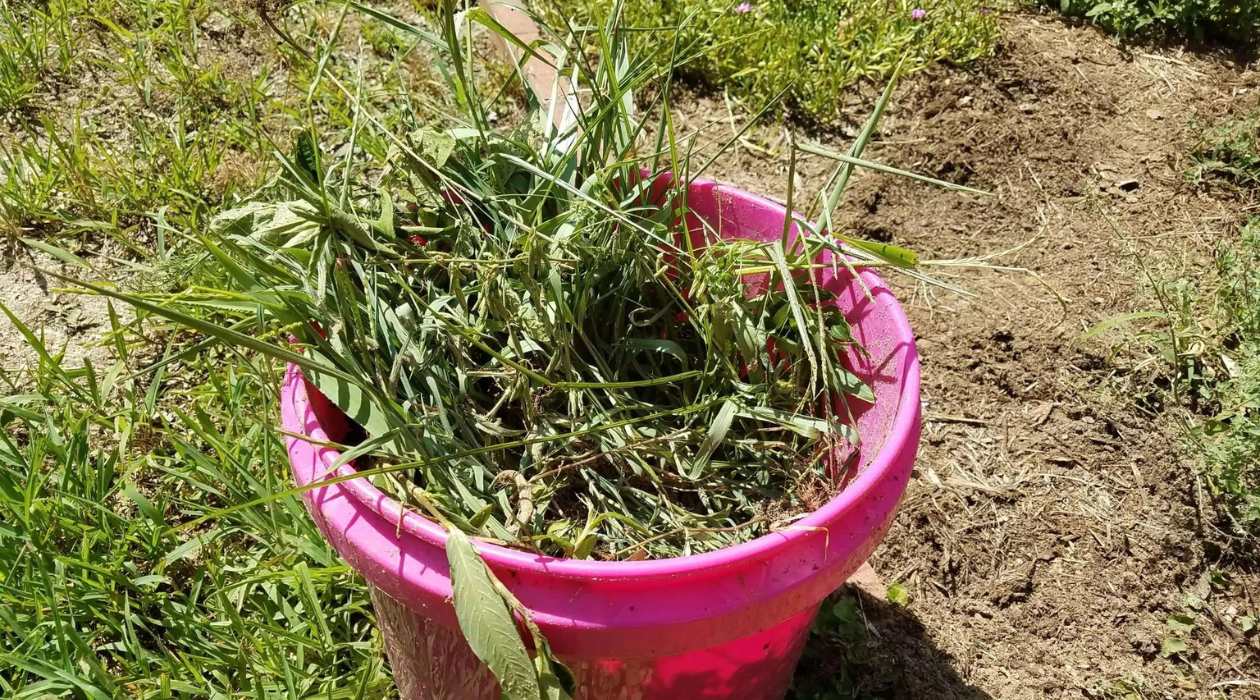
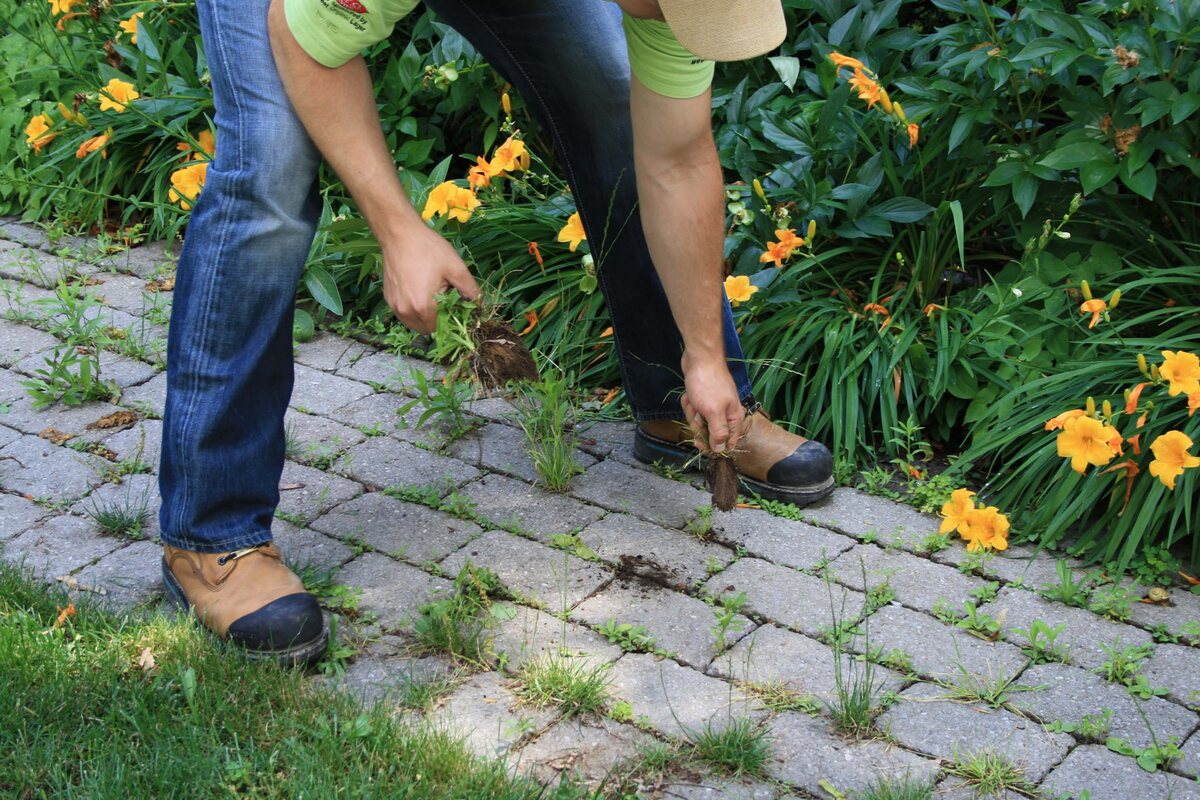
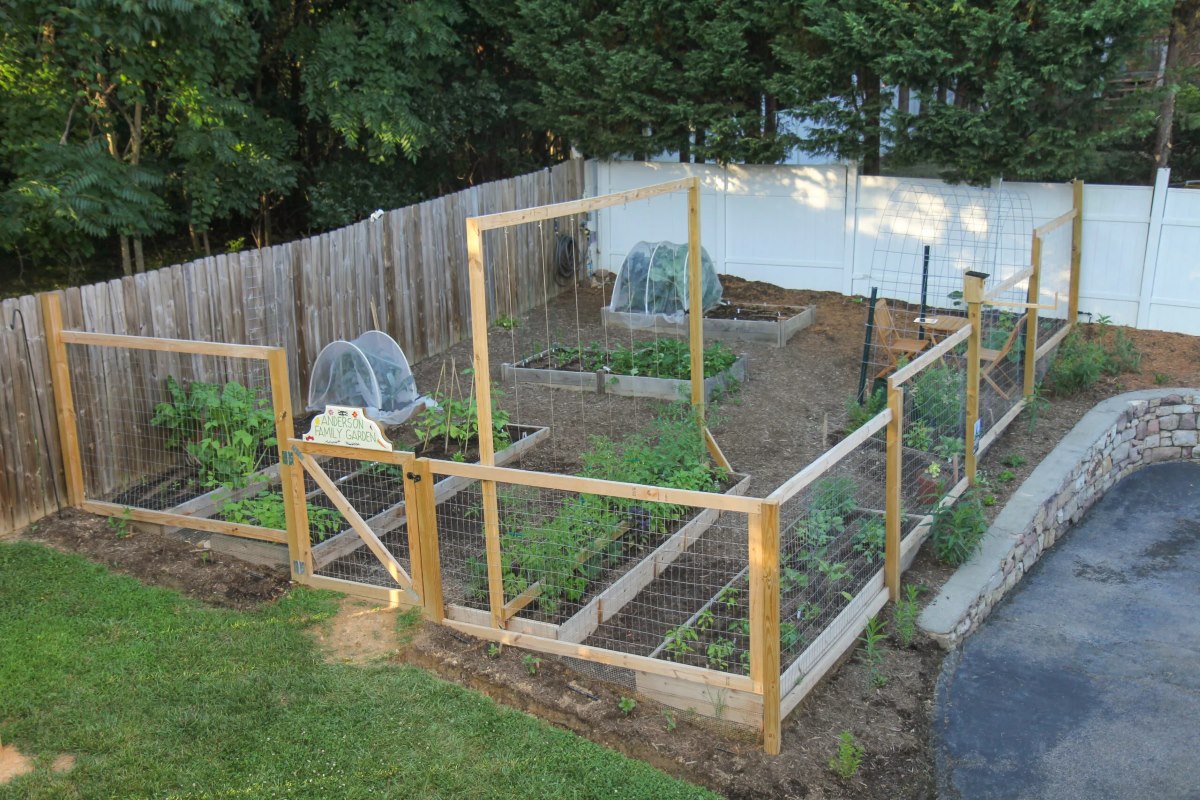


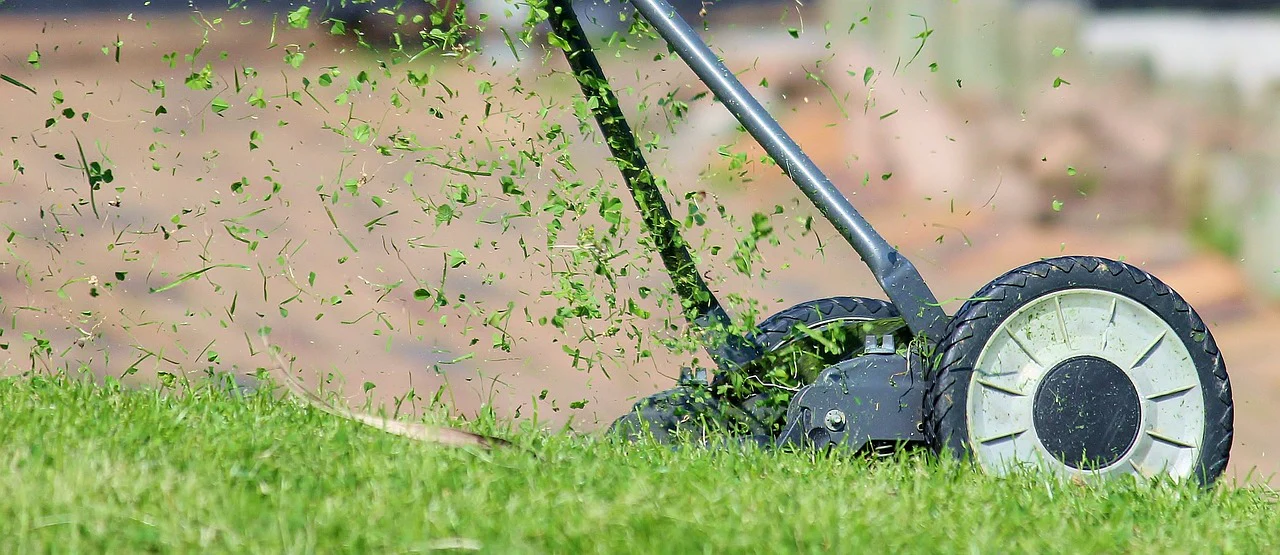
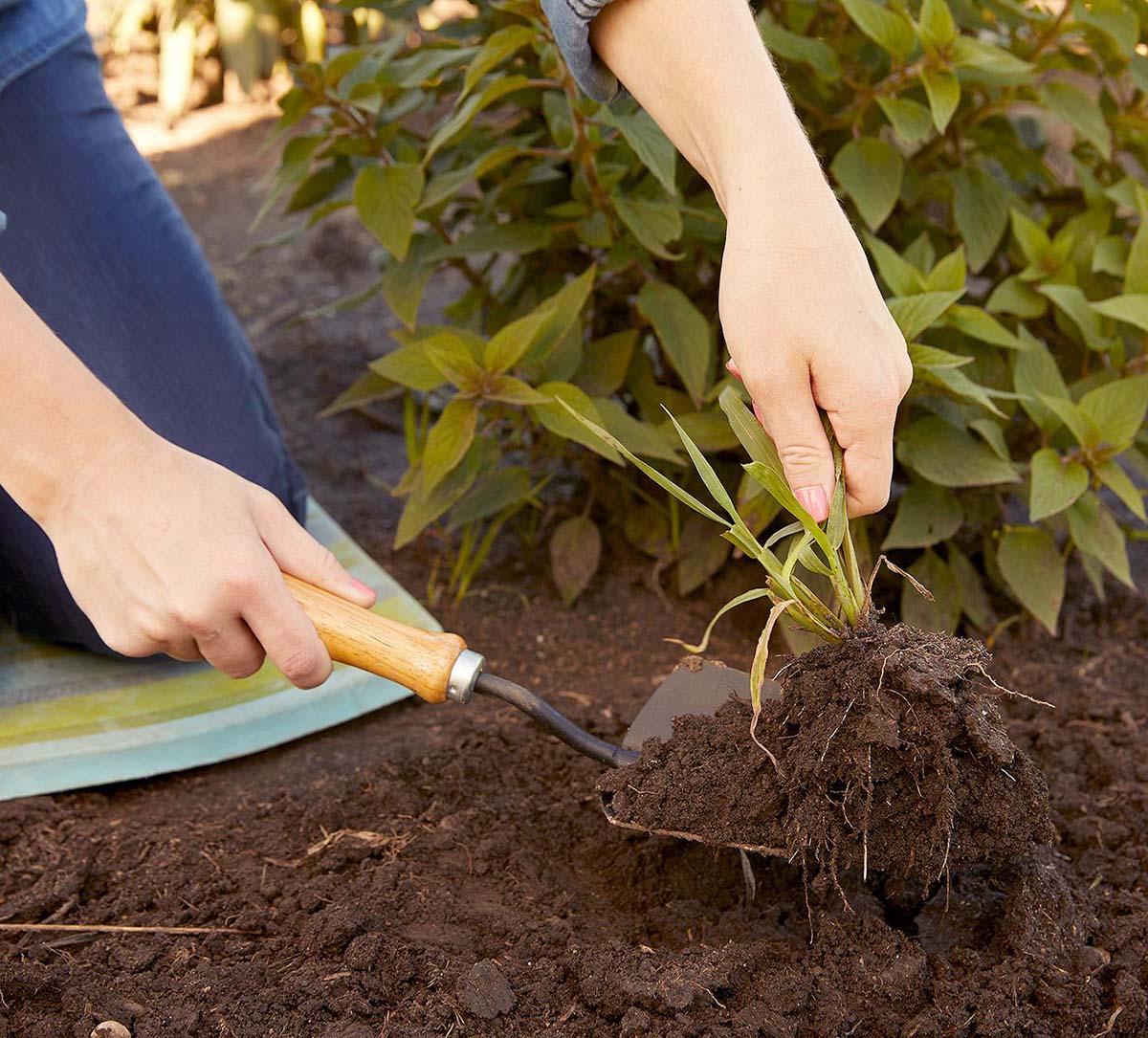
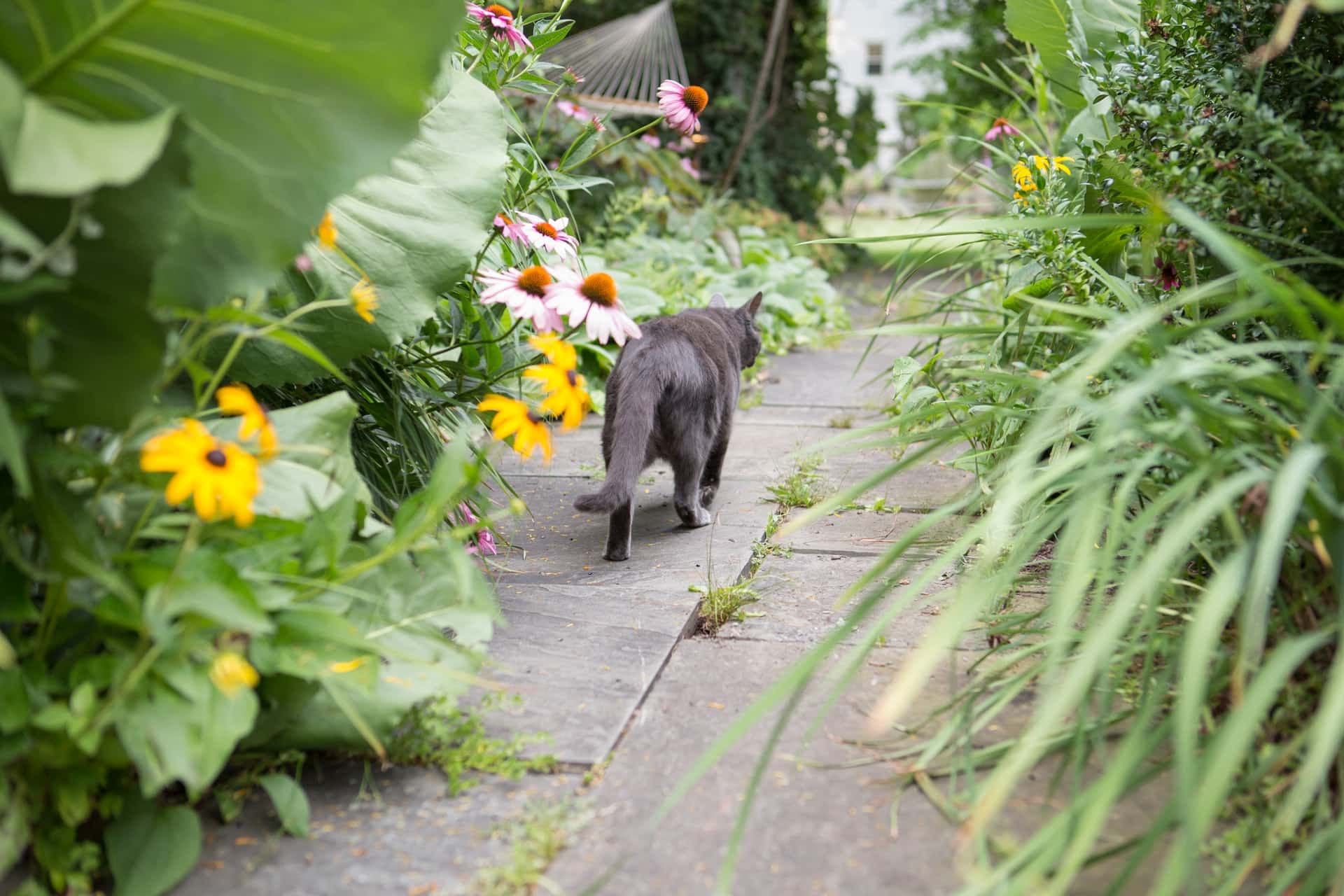
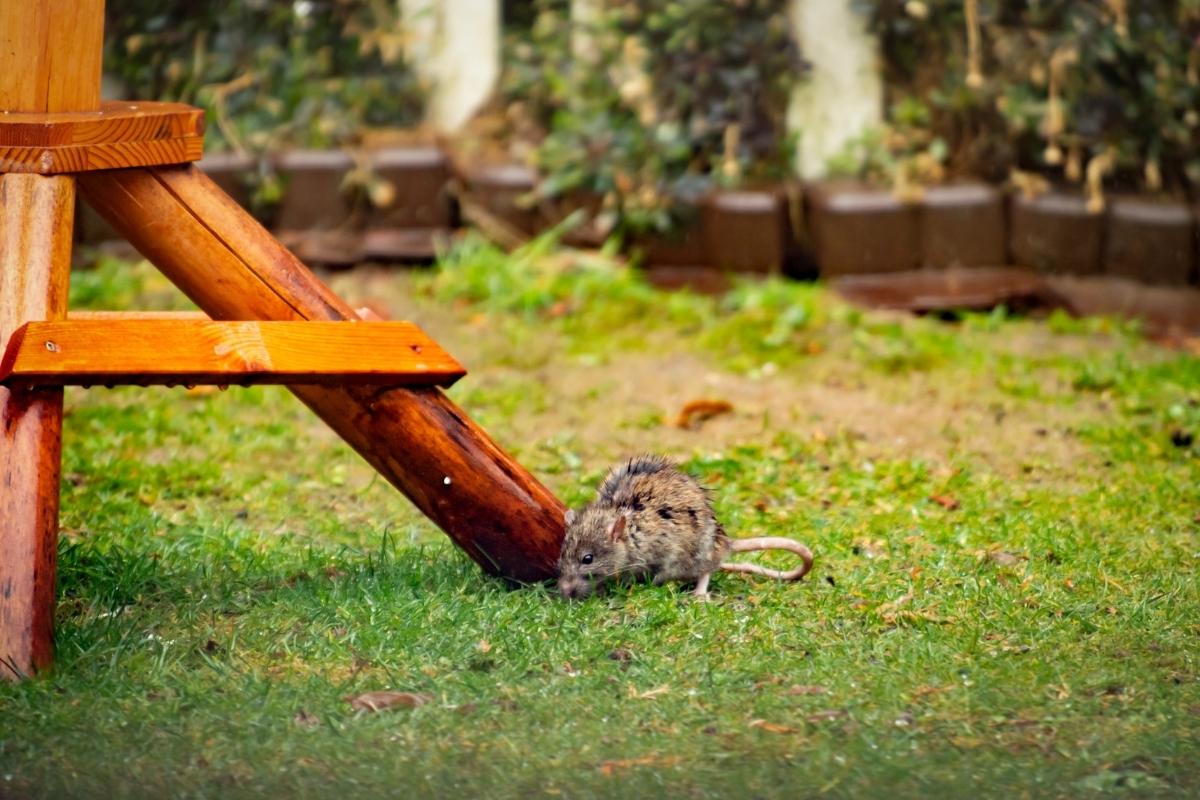

0 thoughts on “How To Keep Grass Out Of The Vegetable Garden”